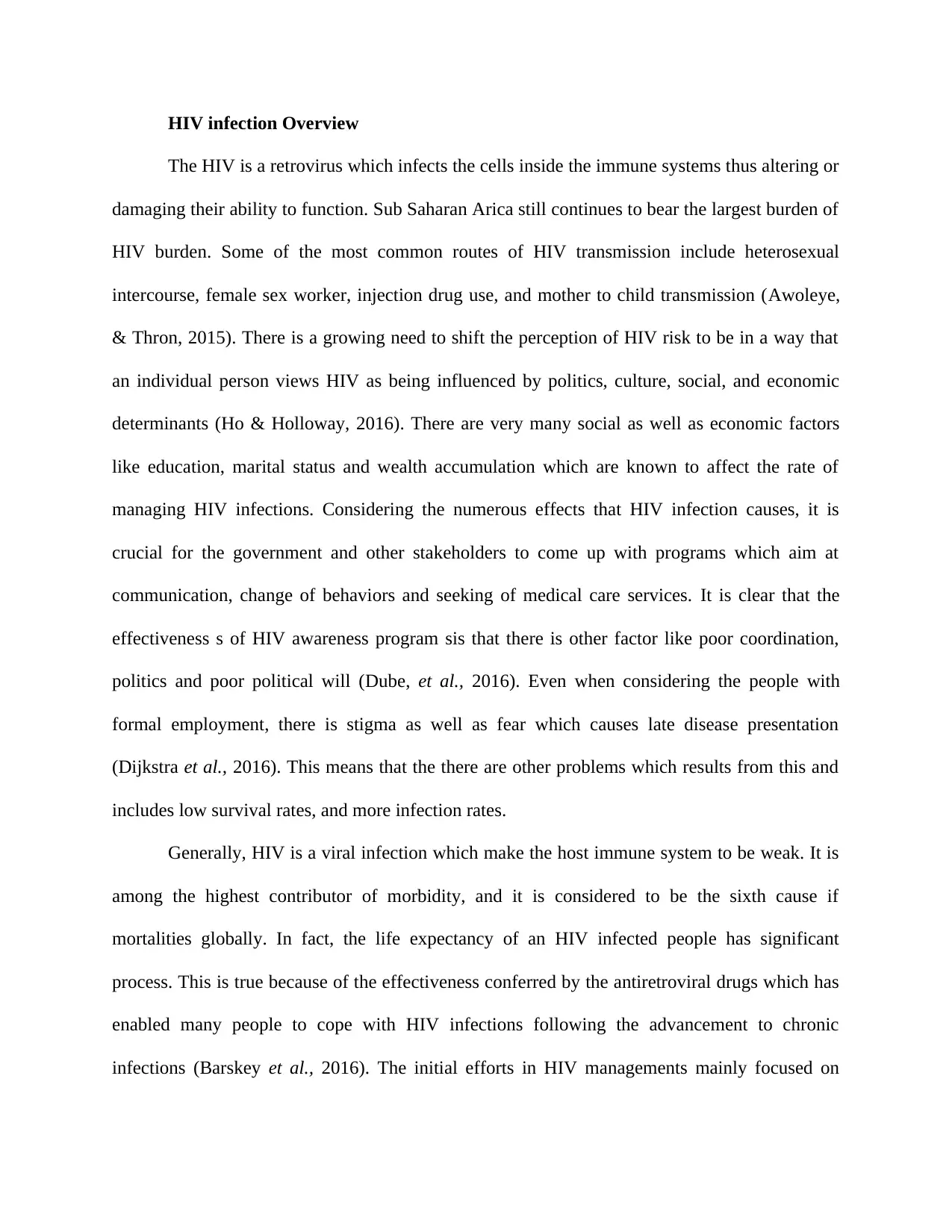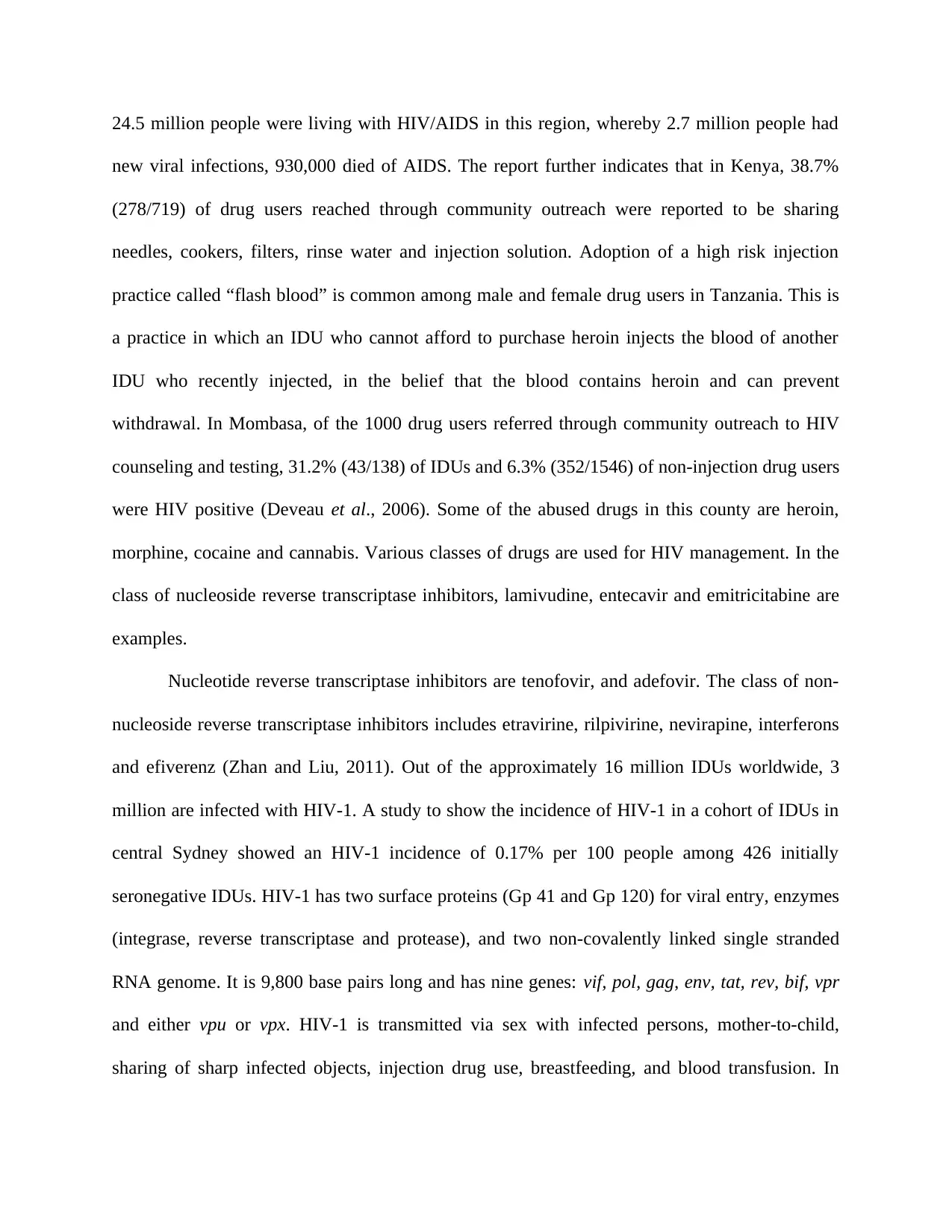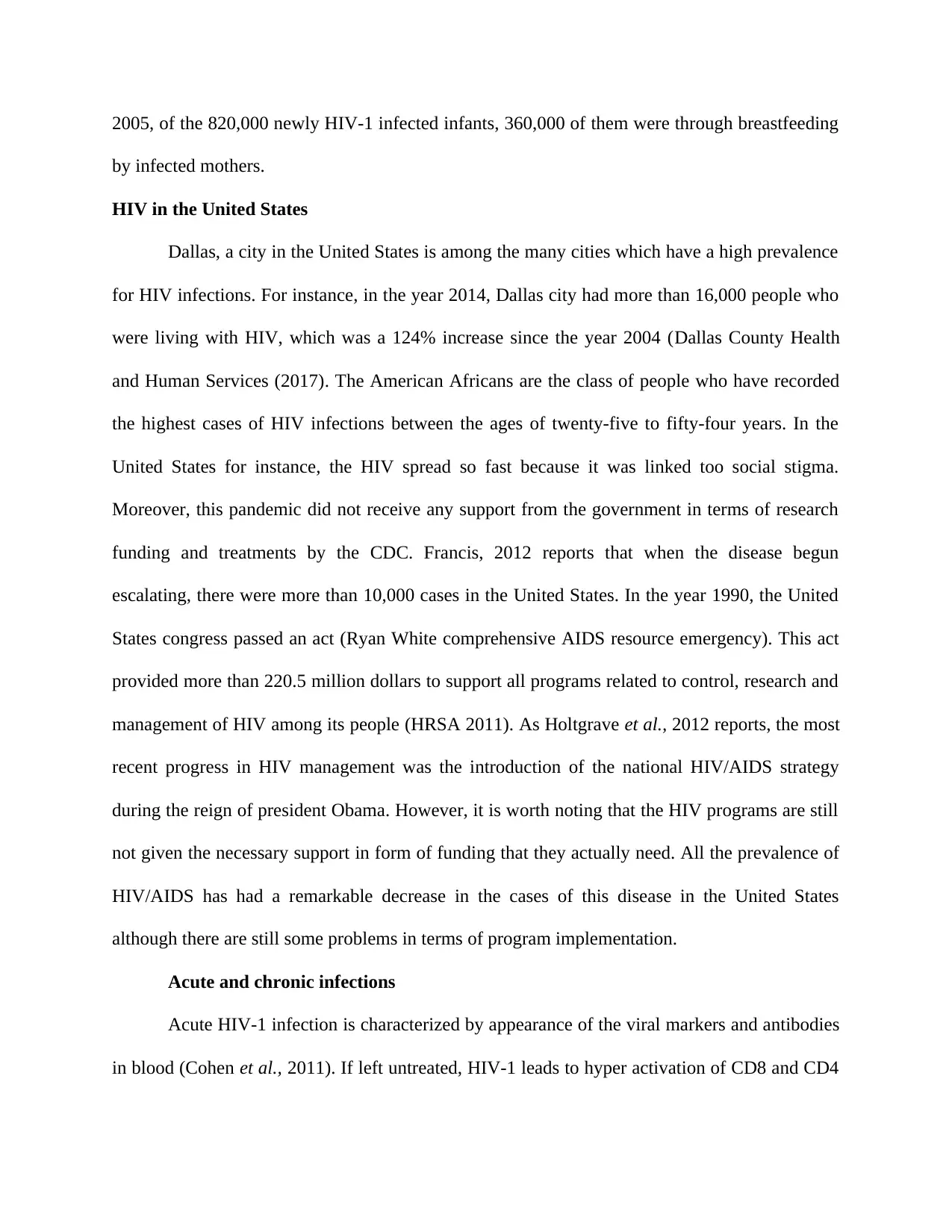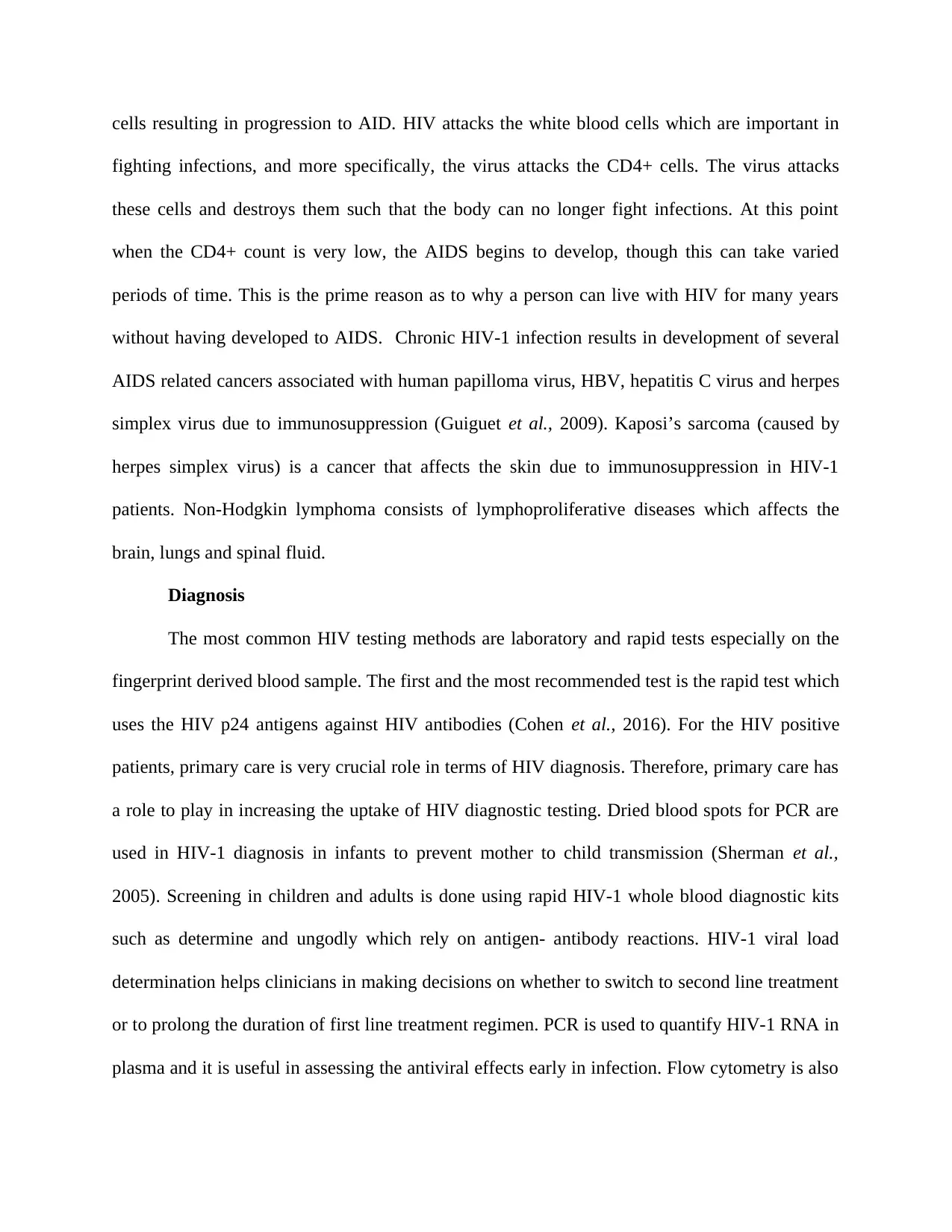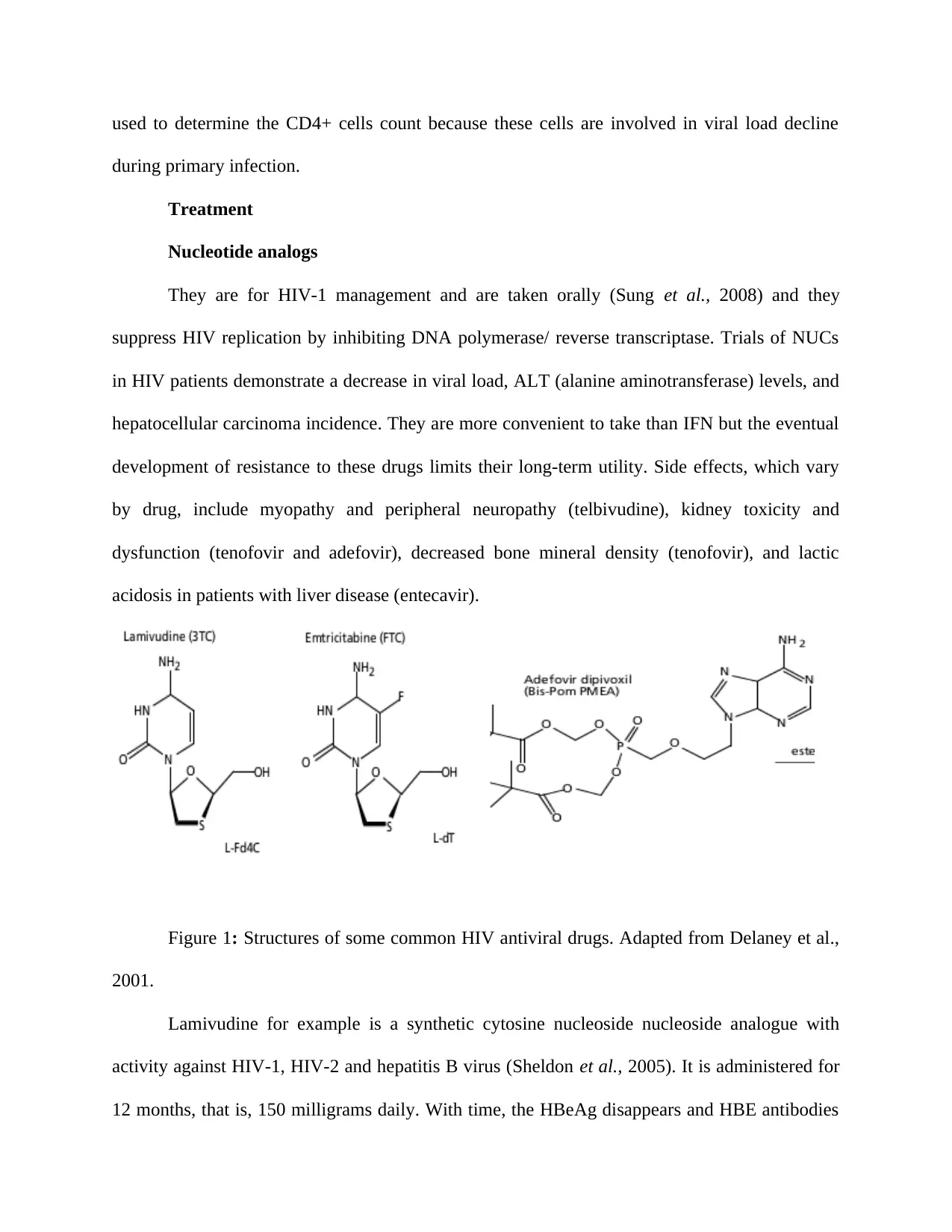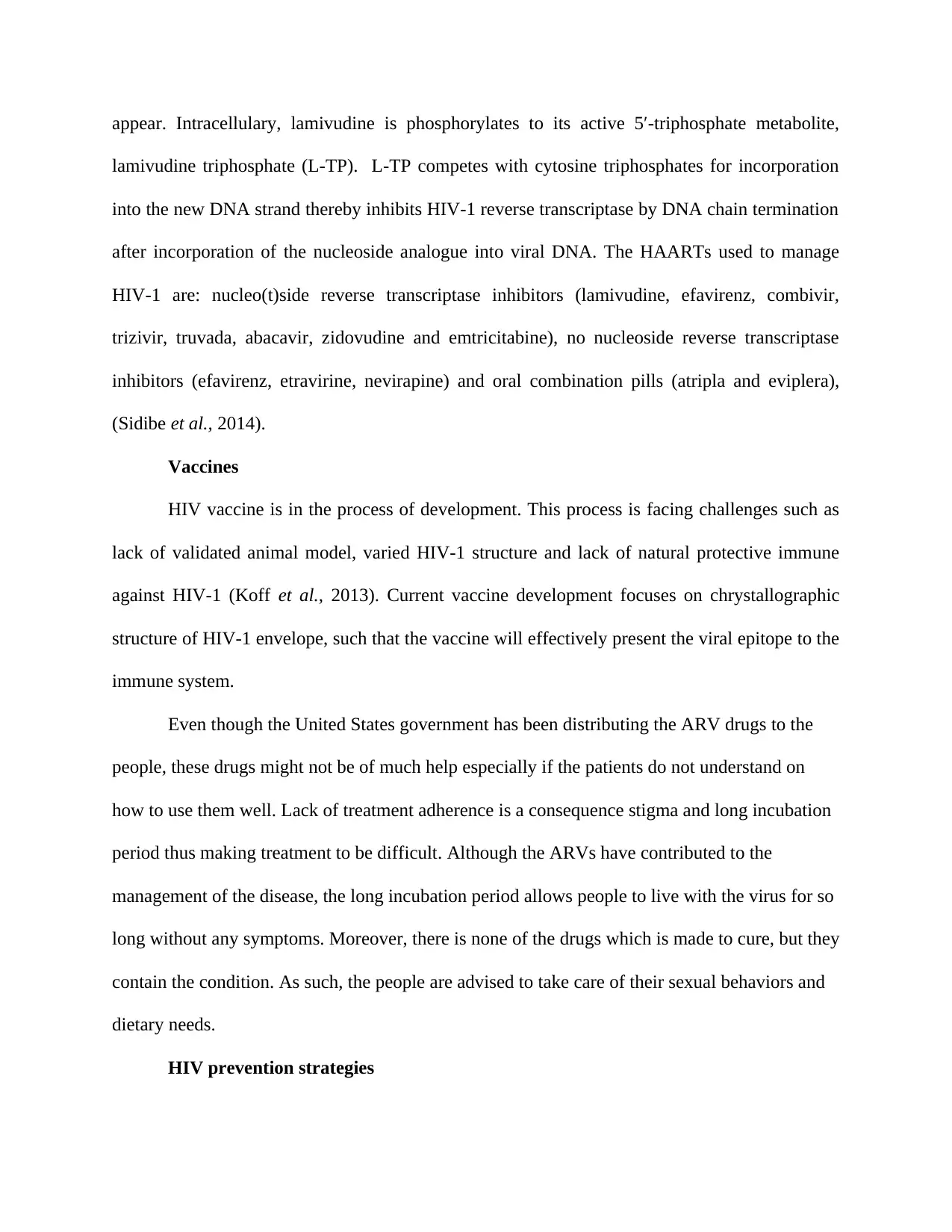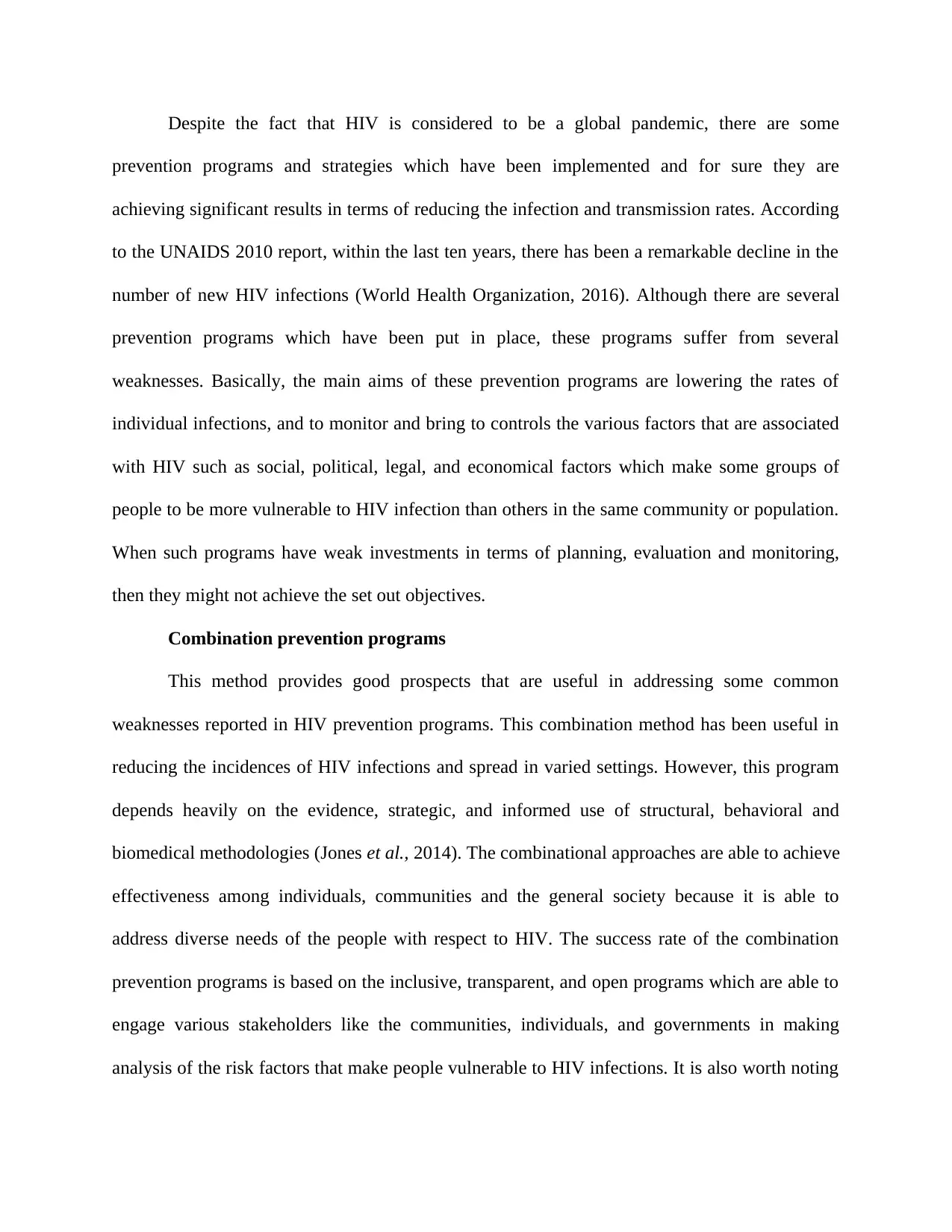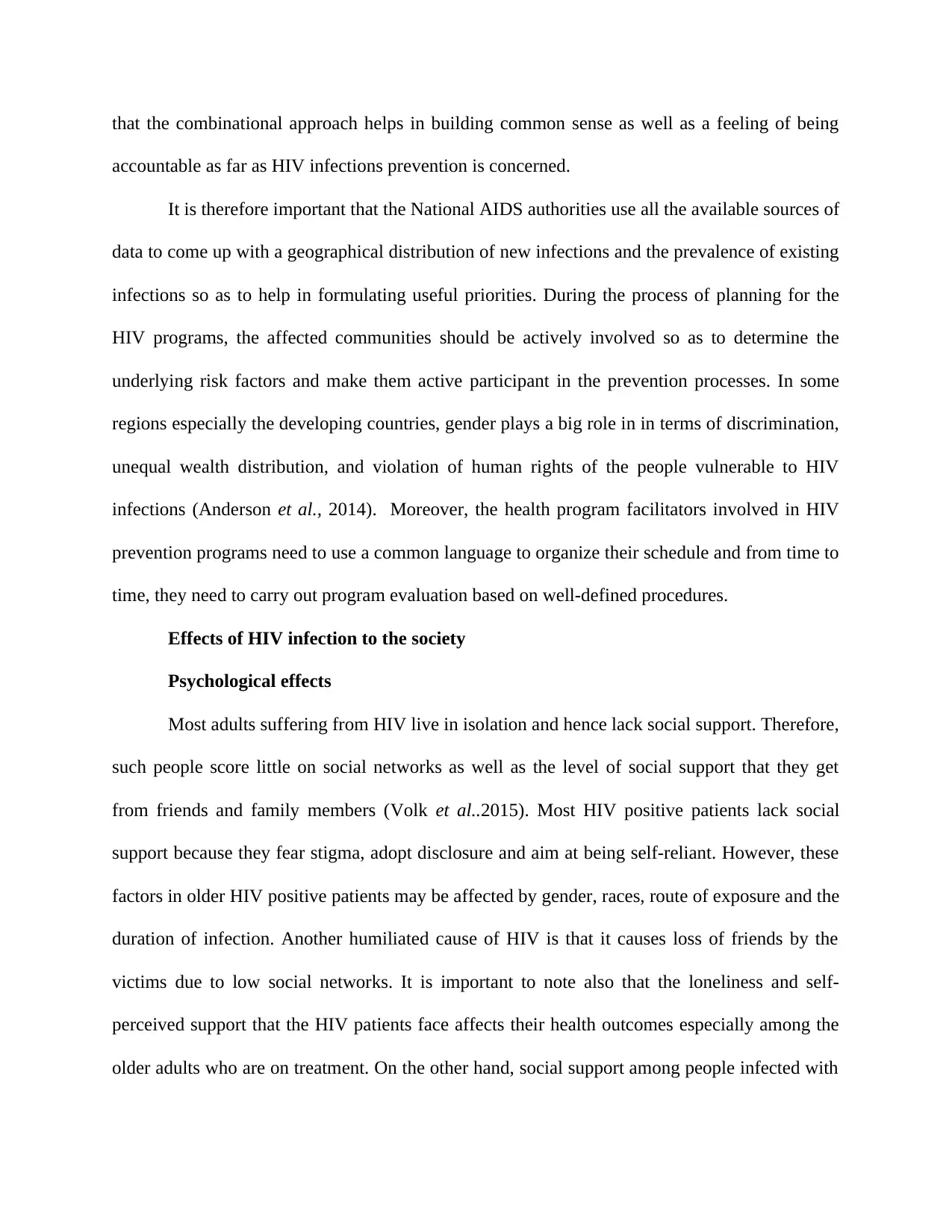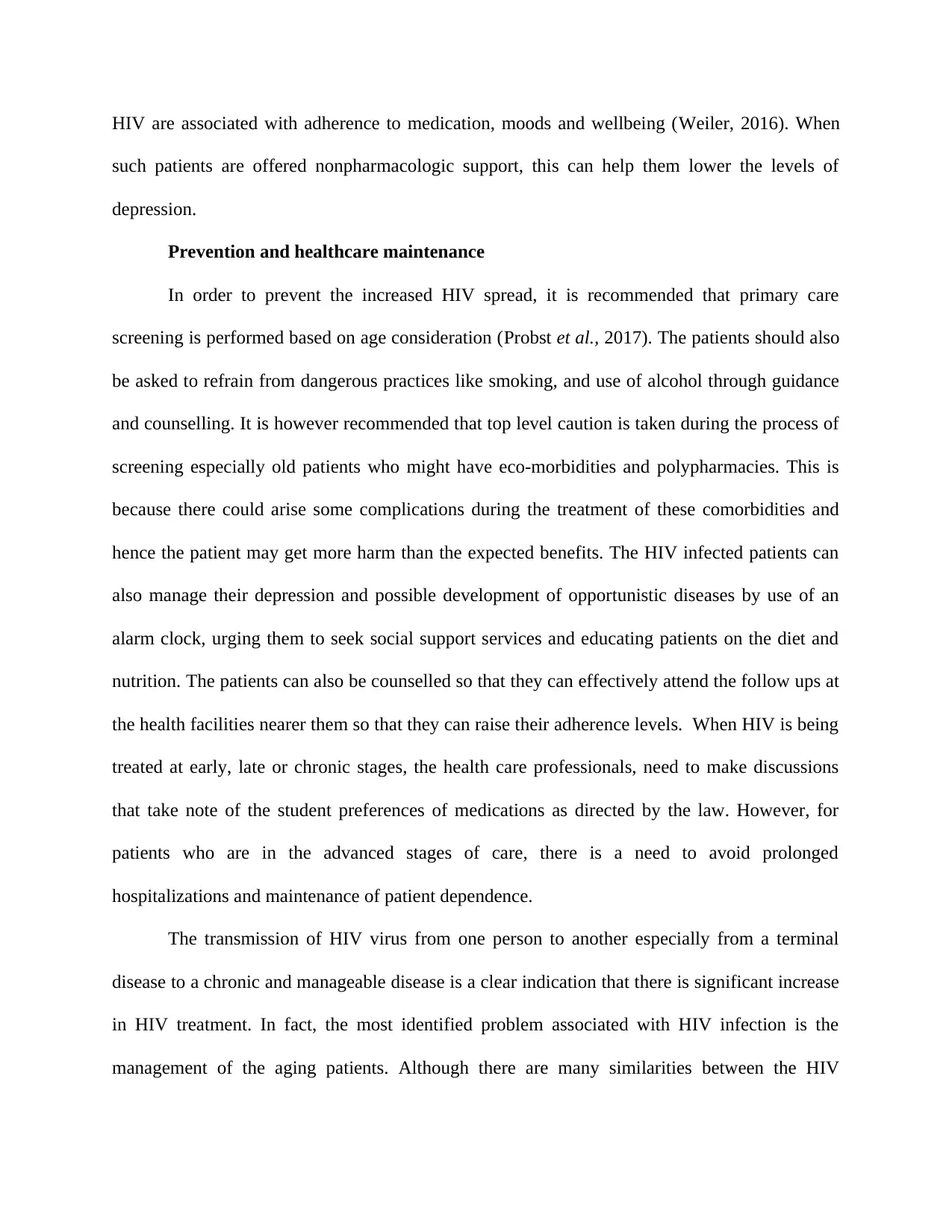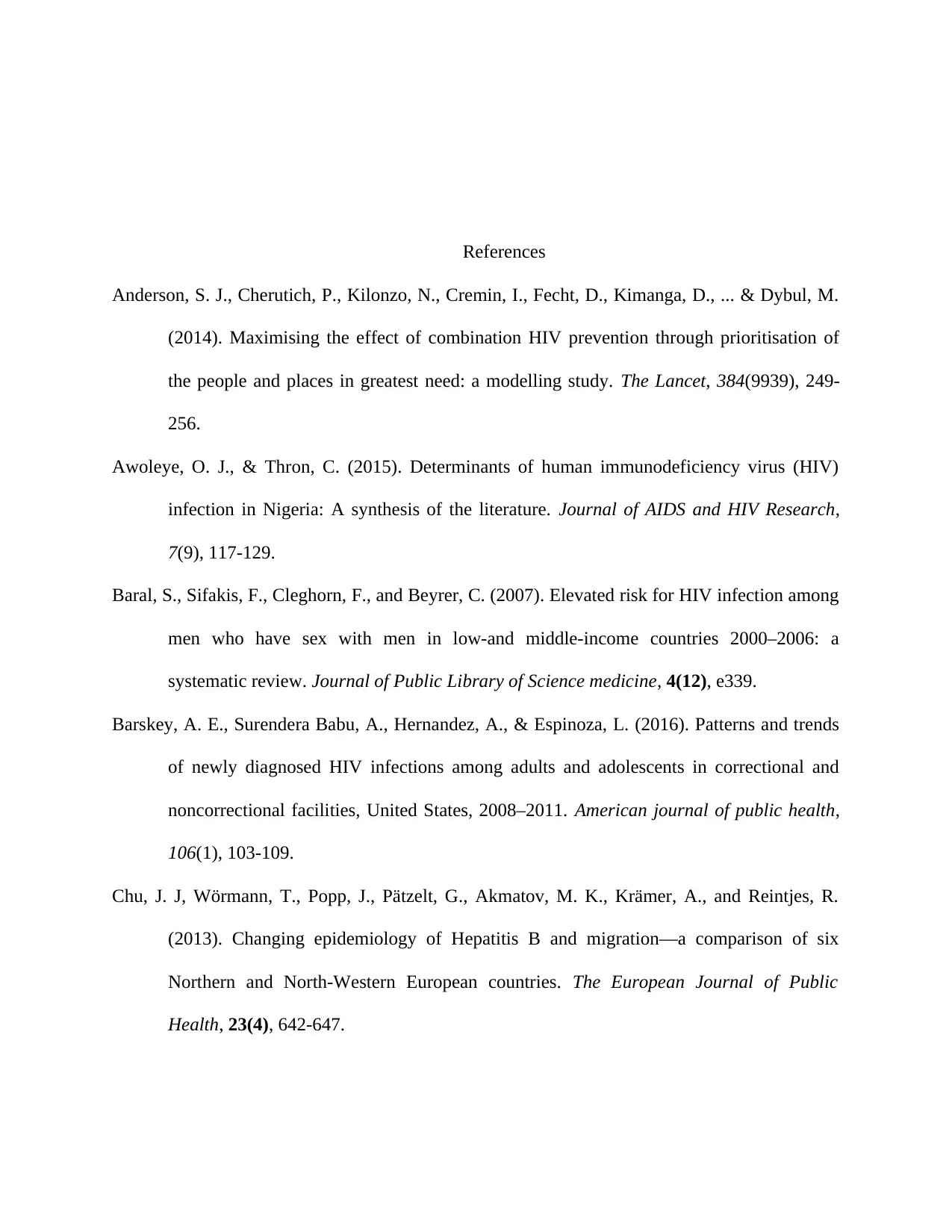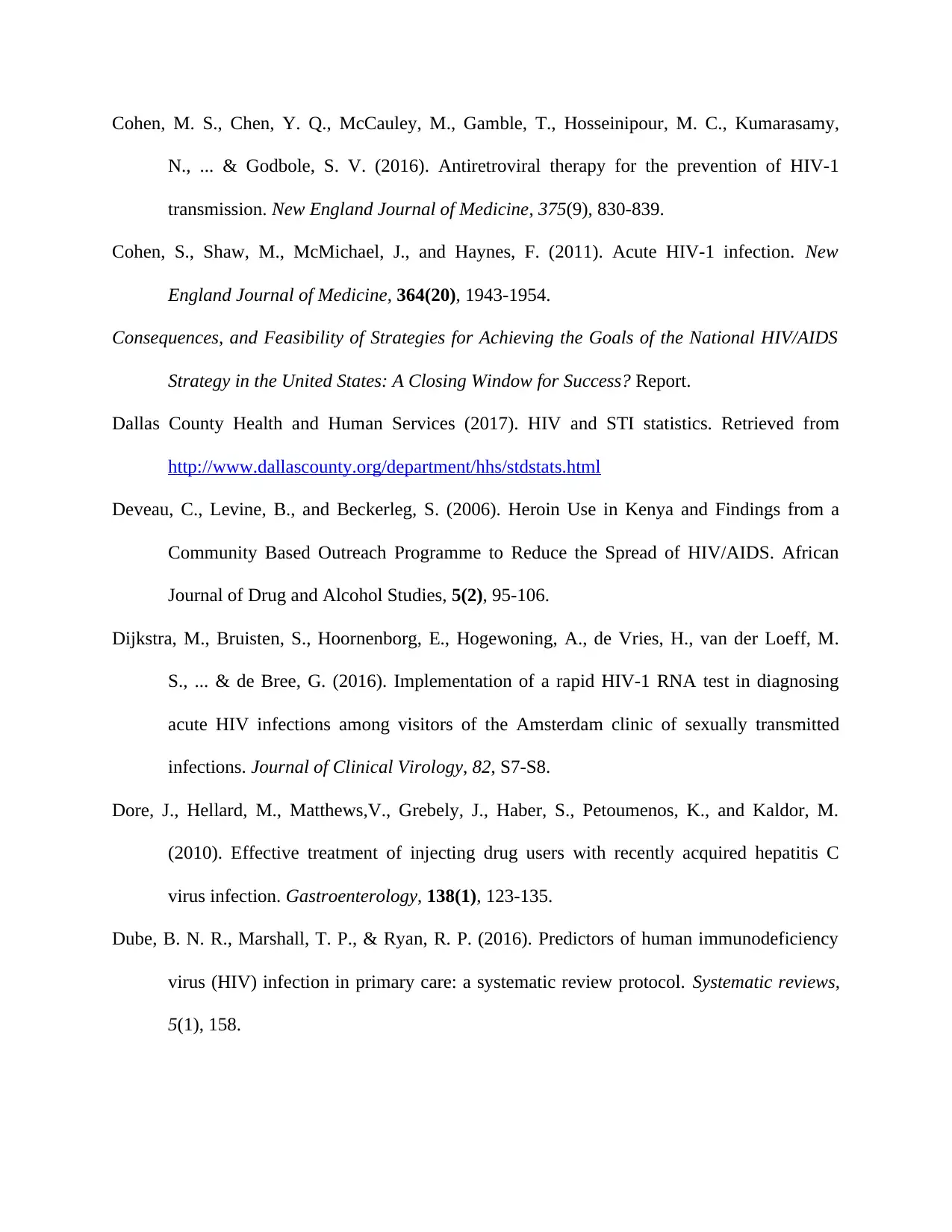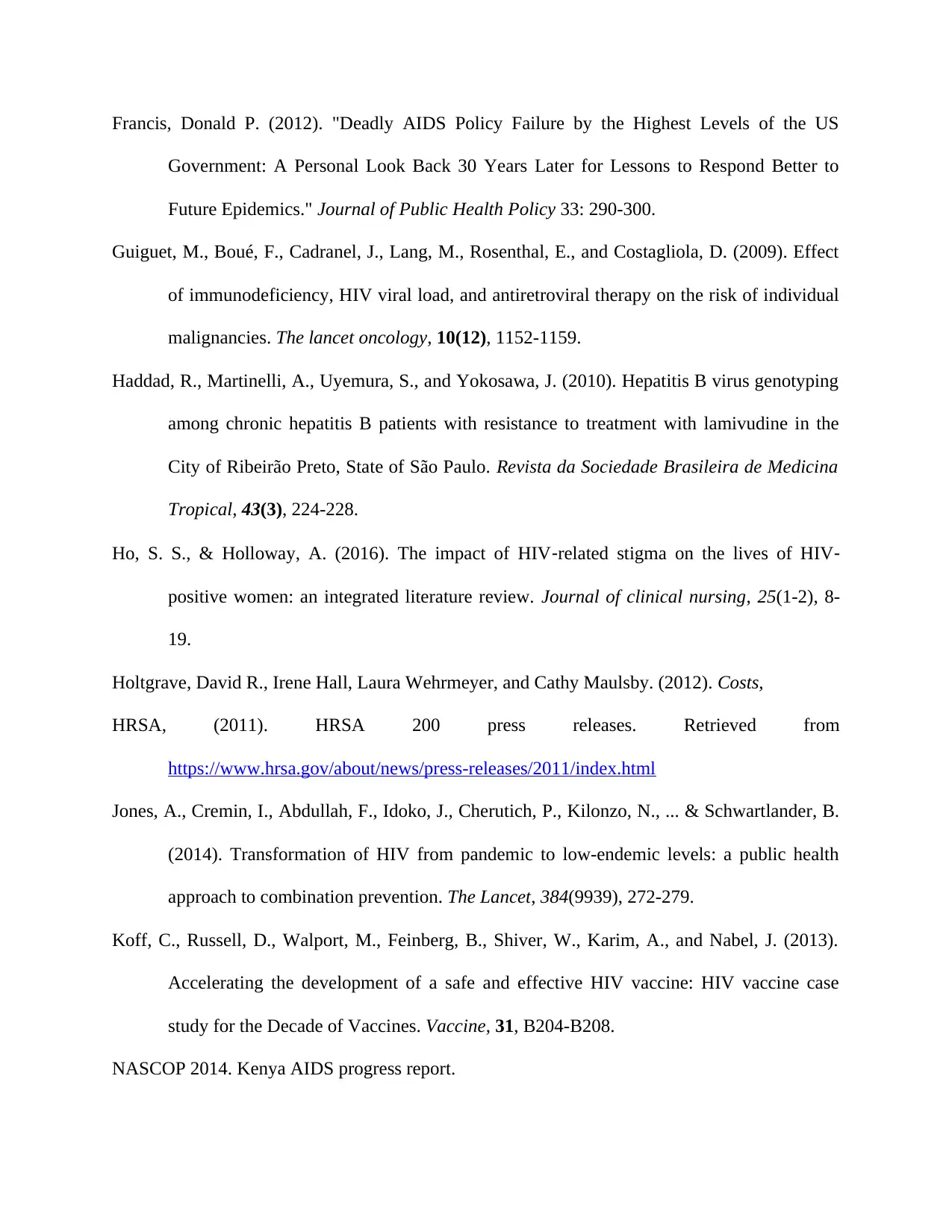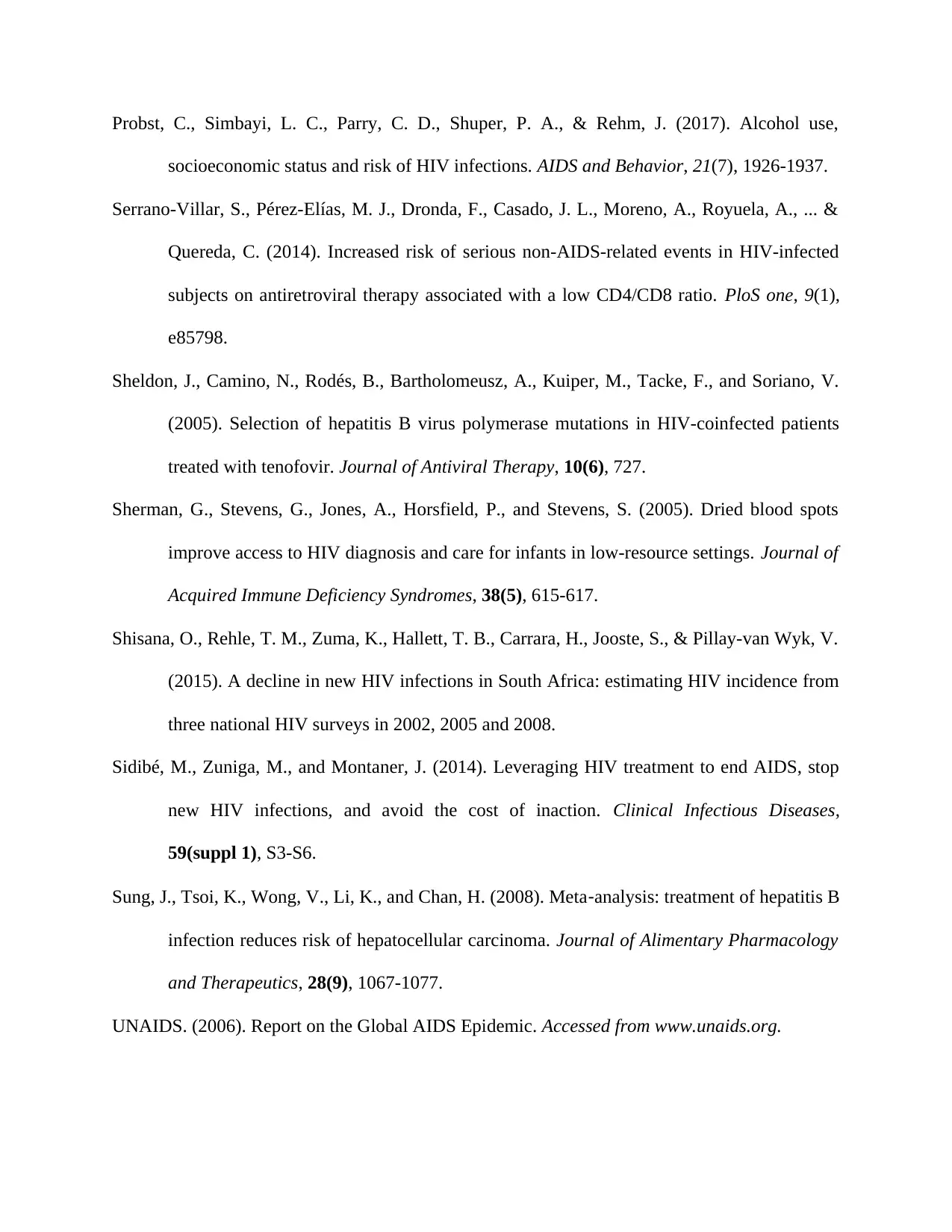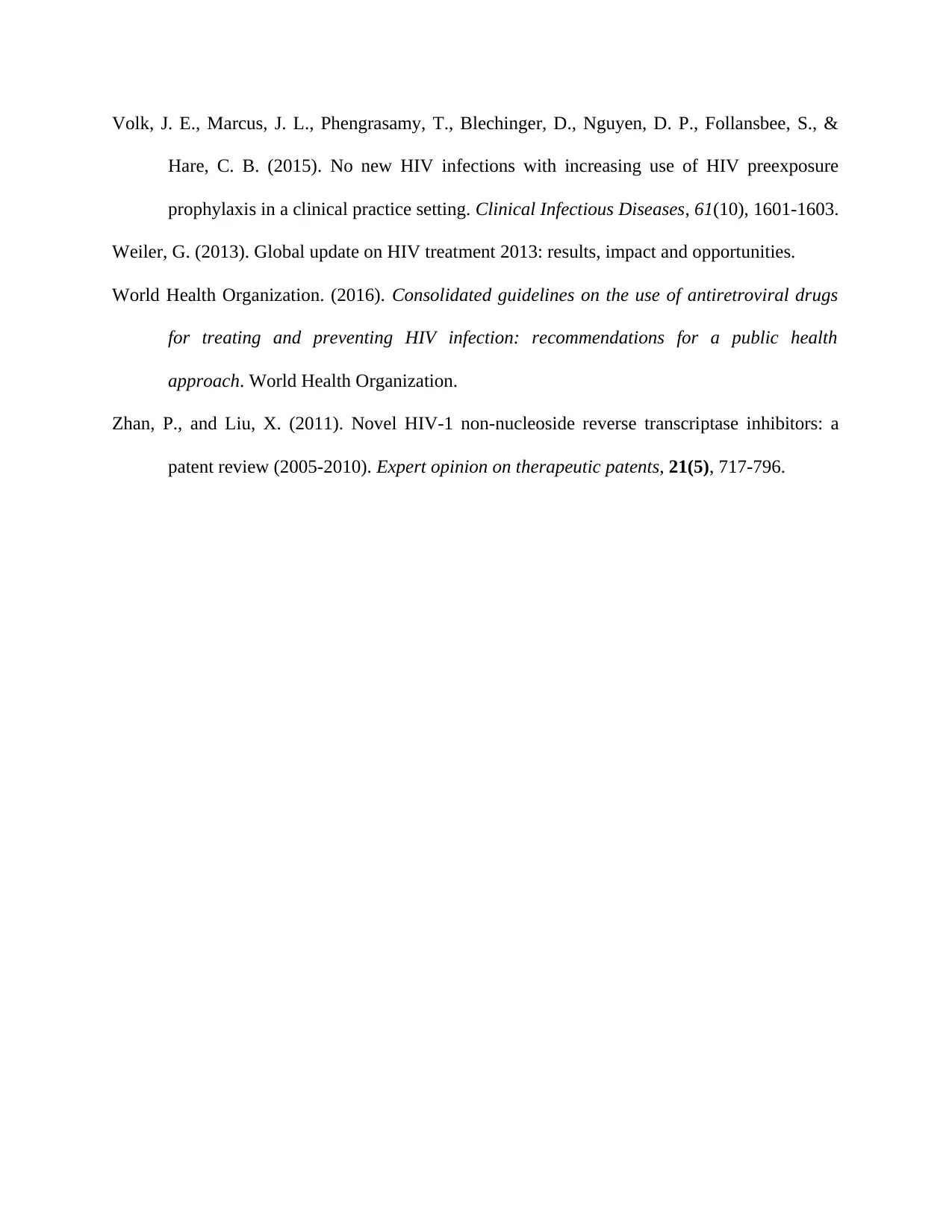This assignment presents a set of research articles focusing on various aspects of the HIV/AIDS epidemic. The papers delve into topics such as alcohol use and its relation to HIV infection risk, the impact of CD4/CD8 ratio on non-AIDS related events in HIV-positive individuals on antiretroviral therapy, hepatitis B co-infection in HIV patients treated with tenofovir, the effectiveness of dried blood spot testing for infant HIV diagnosis in resource-limited settings, and the decline in new HIV infections in South Africa. Additionally, the papers highlight the importance of HIV treatment in ending AIDS, reducing new infections, and avoiding healthcare costs, as well as the role of antiretroviral therapy and pre-exposure prophylaxis in preventing HIV transmission.
![[object Object]](/_next/static/media/star-bottom.7253800d.svg)
![[object Object]](/_next/static/media/star-bottom.7253800d.svg)

